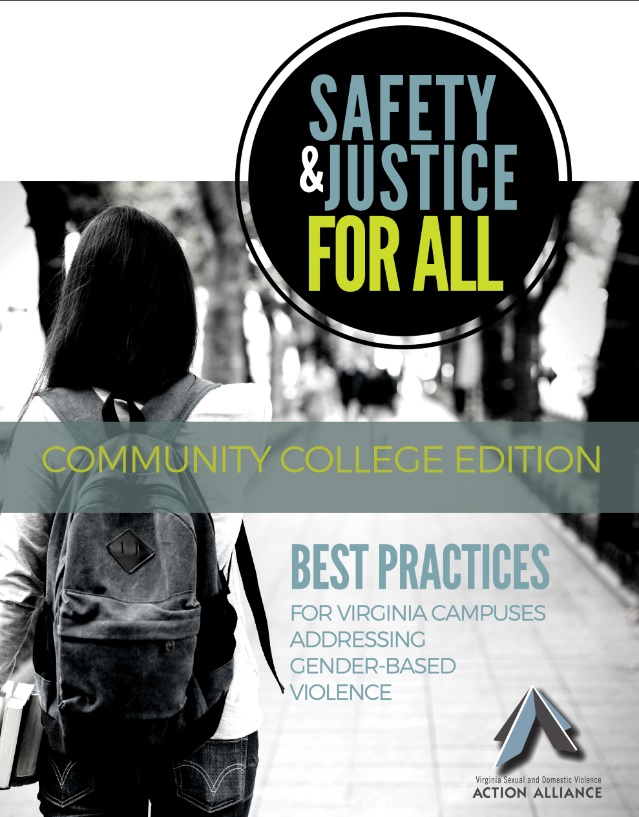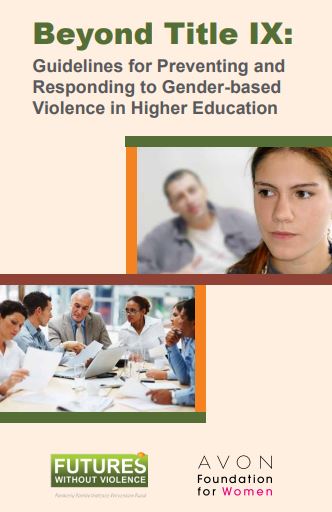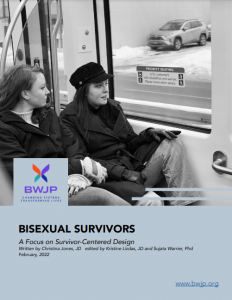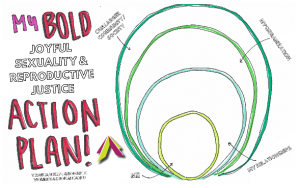Resources Library: Publications/Reports
Start a Search:
Best Practices Guides for Virginia Campuses Addressing Gender-Based Violence
Recommendations, resources, and concrete examples for campus leaders interested in implementing a trauma-informed and social justice-oriented response to sexual assault, dating violence, stalking, and other forms of gender-based violence on campus.
The Action Alliance created these recommendations based on more than 35 years of gender-based violence response, prevention, and policy work, as well as information gathered from a variety of governmental agencies, professional organizations, and survivor groups.
Recommendations, resources and specific examples are categorized by discipline:
• Campus Administrators
• Advocates and Campus-Based First Responders
• Faculty and other Instructional Employees
• Campus Law Enforcement and Campus Security
• Prevention Specialists
Interactive versions feature live links to concrete examples and resources.
Published September, 2021
111 pages
Click the image to download the guide!

Beyond Title IX from Futures Without Violence

Futures without Violence and the Avon Foundation brought together a National Campus Advisory board to provide guidance on the new guidelines set forth around Title IX in responding to sexual assaults on college campuses. This report, which comes from this gathering of experts, seeks to move the efforts of higher education institutions past complying with the guidelines to creating a culture of gender-based violence prevention and response.
Excerpt: While legal requirements shape how campuses address gender-based violence, this document goes beyond the legal requirements and points the way to systems, practices and policies for leadership in prevention and response. It addresses intimate partner violence, stalking and sexual misconduct, recognizing that institutions may choose to have separate or integrated policies regarding these offenses. Although many campus policies, as well as the Dear Colleague Letter, address only sexual misconduct explicitly, intimate personal violence and stalking also contribute to an environment hostile to women and are often interrelated.
Bisexual Survivors: A Focus on Survivor-Centered Design

In this report, the Battered Women's Justice Project (BWJP) examines the experience of bisexual+ survivors of intimate partner violence due to the alarming statistics concerning violence against bisexual+ women and the lack of resources in the field that address barriers and systemic bi-antagonism existing within systems.
For decades, systems professionals have been attempting to address the problem of intimate partner violence through the work of Coordinated Community Response (CCRs). The results have been promising for certain types of survivors. Often the needs of groups who are white, cisgender, heterosexual, and not living with a disability have been addressed by CCRs. CCRs and Intimate Partner Violence and Homicide (IPVH) responses have largely ignored the concerns of survivors from various marginalized communities, including communities of color, LGBTQ+,1 and disabled. The oversight has meant that many of the survivor’s face violence in the home have to deal with systems’ responses that do not meet their needs. Systems’ responses can further jeopardize them, may not be culturally responsive and may not be able to prevent homicides. CCRs are designed to bring about changes to the system, and a part of the process of change requires CCRs to continually examine their work and consider ways in which they can focus on marginalized communities.
Bold Joyful Sexuality and Repro Justice Action Plan

As advocates and preventionists, we can take steps in our professional roles to create a world where all people experience joyful sexuality and reproductive justice. Let’s practice setting a bold action plan for how we can integrate joyful sexuality and reproductive justice across each level of the Social Ecological Model. Below we’ve provided prompts, as well as examples, to get you started.
This is a fun and flexible activity. You can use it in so many ways: for personal reflection, as an exercise in your staff as team building or in-service, use with community partners when mapping out shared values or potential projects, or in programming with youth and adults.
Me: What will you do as an advocate or preventionist?
Examples: I will donate money to abortion funds; I will know my body better; I will experience holistic pleasure.
My Relationships: What can you do to support survivors and clients?
Examples: I will support the survivors that I work with in dating online/forming new relationships online; I will uplift diverse experiences of pleasure; I will explicitly incorporate consent into my relationships with clients.
My Organization : What can you do in your agency? What about with your agency’s partners?
Examples: I will look into my agency’s policies surrounding dress codes; my organization will form partnerships and collaborate with organizations in my community who are working on issues related to reproductive justice; my organization will offer space and resources to organizations working on reproductive justice.
Our Larger Community/Society: What will you do to make an impact on your larger community and society?
Examples: I will connect with my legislators/advocate for policies that center reproductive justice (e.g., access to abortion care and contraception, comprehensive sexuality education, access to childcare and paid parental leave, etc.); I will push against heteronormative policies.
Budgeting: A Guide for Small Nonprofit Organizations
Budgeting: A Guide for Small Nonprofit Organizations is provided by the Virginia Society of Certified Public Accountants. This 8-page document provides an overview of the budget development process, including the role of the budget committee, setting budget priorities and realities, preparation timeline, how to use the budget as a management tool. Great resource for new directors and financial managers!


